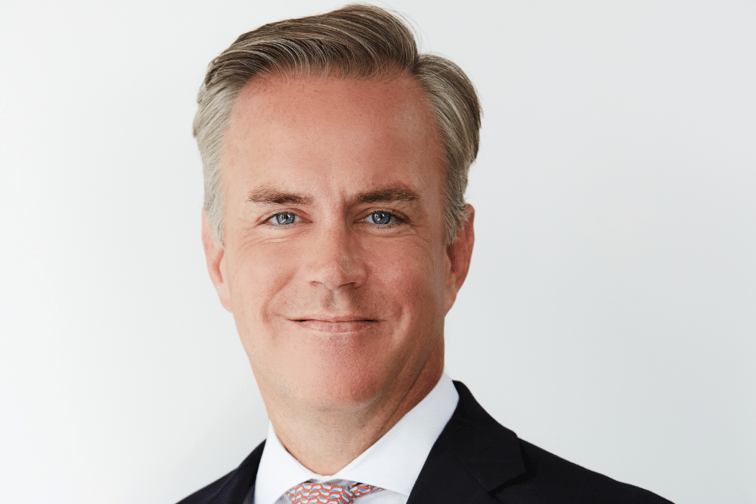

The insurance industry is operating in a changed world with unprecedented opportunities and challenges. To grow and evolve for the future, it needs to lean forward into the disruptions – a theme that will be at the center of the 2022 joint industry forum led by the Insurance Information Institute, or Triple-I next month.
How can data mitigate the risk of hurricanes, wildfires, and other climate-related events? How can the industry work with its clients to manage cyber exposures? These are just some of the questions that are up for discussion at the annual forum, set for December 1 in New York City.
C-suite executives and leaders from property/casualty, personal and commercial lines, life insurers, trade associations and regulatory bodies will gather to discuss trends impacting the future of the insurance and reinsurance industries.
“Insurance leads through disruption, and we've certainly got more disruption than we've seen in decades at this point,” said Sean Kevelighan (pictured), president and CEO of Triple-I.
Learn what are life insurance leads in this article.
“Whether it's economics and geopolitical risk, climate risk, cybersecurity, legal system abuse, and even diversity and talent in the people working in the industry, we want to elevate our understanding of these issues and talk about what we can do to get through the disruption together.”
Tremendous changes have rocked the insurance world in recent years, but its mandate remains steadfast: helping people take on and manage risk. But Kevelighan said the way the industry does that is changing as well.
“We are at a pivotal point in the industry where we're moving from repairing post-catastrophe to predicting and preventing. I think our ability to get ahead of the catastrophes is going to be a key theme,” he told Insurance Business. “Predicting and preventing will allow the industry to adapt to customers’ needs in a riskier world.”
For Kevelighan, the word that characterizes the state and focus of the insurance industry amid a volatile year is resilience. “Even amid jolts of economic disruption, the insurance industry can sustain itself and plan for managing risks long-term. That resilience allows customers to continue to transfer that risk,” he said.
Brokers’ role in educating and informing customers about managing their risks will be even more critical as climate risks impact more people in more geographies than ever before. “We've seen loss costs due to climate risks increase nearly 700% since the 1980s, most of which is attributable to the increased severity of natural catastrophes,” Kevelighan said.
“We also see more and more people living in harm's way thinking that catastrophe will never happen to them. When purchasing property, often, the risk factor doesn't go into a factor into anyone's minds until it's almost too late. We need to bring some of these risks more to the top of their minds, because the severity of natural catastrophes is clear.”
The CEO said this behavioural change on risk management needs to be supported by dialogue between carriers, brokers, and customers. “We all need to figure out ways to better manage the risks, predict and prevent them because it’s going to be critical for the future success of the industry,” he told Insurance Business.
Cyber risk is another area where the “predict and prevent” strategy will be key. “We see a lot of insurers beginning to take that mitigation element on with their customers before the insurance transaction happens,” Kevelighan said.
Information to help customers understand their cybersecurity strengths and weaknesses will serve as a key line of defence and an important mitigation tool for carriers. But the mass scale and impact of cyber attacks means risks of uninsurable events are also growing – something the industry needs to address.
Kevelighan said Triple-I plans to hold a public tabletop exercise next year to address cyber risks, bringing in stakeholders such as regulators, policymakers, and first responders for crucial dialogue with insurance leaders.
“If you have a cyber incident that is not limited to geography or time, the risk transfer is almost uninsurable. What’s the role, then, of insurance companies versus governments?” Kevelighan asked. “The misperception is that insurance is the only solution for cyber risk, and there's still a way to go from there.”
